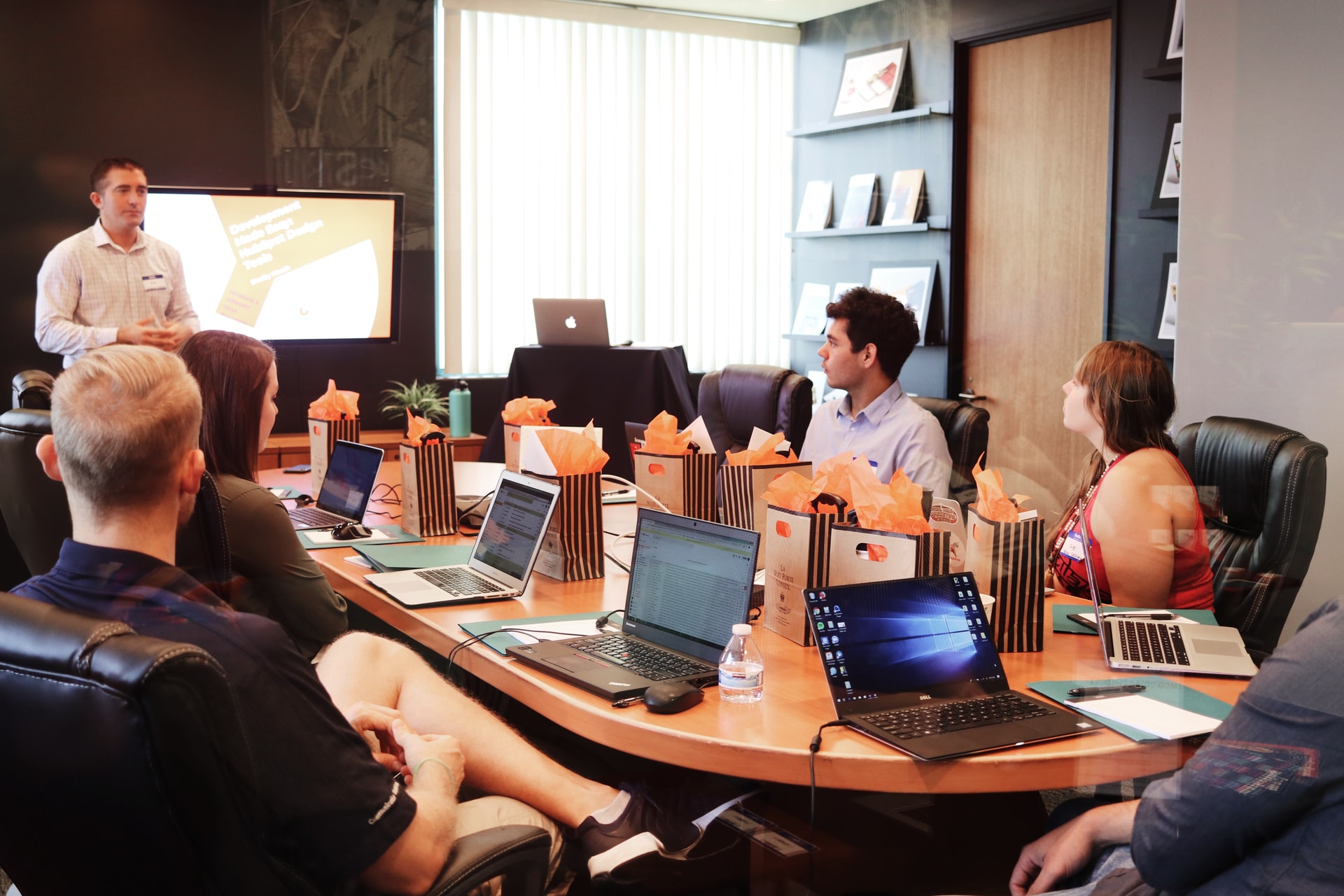What is The Great Resignation?
There’s been a lot of talk around what has been termed “The Great Resignation”. Among other factors, the COVID-19 pandemic has resulted in many employees resigning from their previous positions to seek new opportunities that are stable and easily manageable given changing circumstances. In July of 2021, the U.S. workforce saw over 4 million Americans quit their jobs and the quit rate hit 3%. These numbers represent an increase higher than previously seen.
It’s no question that employers are looking for ways to reduce the impacts. In this article, we’ll look at some approaches that can help your organization come out on top and thrive – despite increasing resignations in the workforce.
What Can Companies Do?
Companies need to focus on both retention and acquisition – and there are efforts you can make that support both.
While the Great Resignation may seem like a daunting challenge, keep in mind that employers with good reputations and a strong employer brand have long been able to successfully retain talent – even in hyper-competitive labour markets with traditionally high turnover. The Great Resignation has just made these factors more important on a broader scale.
Retaining talent is important for a multitude of reasons. The cost of replacing an employee is 122% of the departing employee’s salary. Steady rehiring is certain to drain resources and efficiency, so working to retain rather than replace is the way to go.
That said, retention alone isn’t enough to support long-term growth. Talent acquisition must also be prioritized if your organization plans to open new positions and grow its team. Here’s how.
Be Flexible
56% of respondents to a Bankrate survey said adjustable working hours and remote work are a priority. The pandemic has seen an exponential increase in remote and hybrid work placements, which has now become fairly normalized. Research showed that prior to the pandemic, 20% of those that could work from home, did. Currently, that number sits at 71%.
Forcing employees to return to the office can be disruptive and met with negative backlash, resulting in turnover. A survey by McKinsey reported that 65% of respondents stated the reason they stayed in their job was that they liked where they lived. But among survey respondents who took new jobs in new cities during the past six months, almost 90% didn’t have to relocate. The barriers to taking new positions abroad have decreased due to online normalization, making it easier for employees to quit.
As a result, being flexible with work hours and location is a must. Employees expect to have a sense of control over their work. Embracing a flexible work culture is likely to improve morale.
Get a Pulse on Your Workforce
A critical step in addressing your susceptibility to the Great Resignation is by understanding your current workforce’s situation. What’s morale like? Is there a solid communication line where employees can express their frustrations? Retaining talent requires a universal alignment at all levels. Addressing company culture can highlight issues that push employees to leave. It’s also tantamount to bolstering your employer brand and more successfully recruiting new talent.
Many organizations seek to gauge this with employee surveys, feedback programs, or other means that can help them understand contentment (or lack thereof). Some things to look out for include work-life balance, general job satisfaction, how people are faring given distributed teams, connection to a shared work culture, and more.
Getting a pulse on your workforce, however, is easier said than done. If your organization is looking for solutions, Live Recruiter can help.
Onboard for Success
A strong onboarding strategy sets the alignment for the rest of the candidate’s journey. A shaky start can develop doubts that lose great talent. Outlining career paths is also ideal to keep quality employees. Talent is more likely to stay if they have something to work towards and ways to progress.
Build Your Talent Acquisition Strategy
A great talent acquisition strategy is a must for recovering from lost talent through the Great Resignation and driving team growth moving forward. Start by identifying how you have gained quality talent and the methods that were successful. Former employees, alumni programs and candidate engagement solutions are some examples of outlets for finding great candidates. With that strategy, candidate pipeline optimization is a necessary upgrade to make your interview process, among other things, efficient and effective.
Candidate engagement platforms are another great option for achieving a streamlined process. They act as an intermediary, reducing the manpower and time needed to attract and screen candidates. A solution like Live Recruiter facilitates hiring through live agent monitoring, sourcing and chat bot functionality. Integration is seamless as it layers on with existing systems and softwares.
Turn Attrition into Attraction
While employee attrition is to be avoided, it can lead to discoveries that can improve talent attraction. Start by asking questions that can open conversations. Are we leading by example? Are company practices aligned with employee priorities? Get routine feedback from employees and actively listen and build with them. A well rounded organization with continuous cooperation is likely to withstand major impacts from the Great Resignation, so you can focus on hiring solutions for quality talent.


